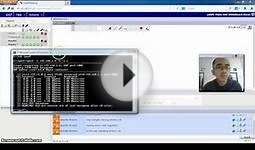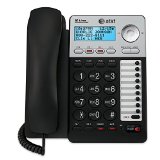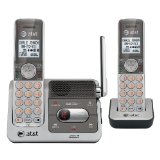Video Conferencing Meetings
If you’re only using video conferencing for team all hands or multi-hour meetings, you’re missing out on its positive impact on real time collaboration. Gone are the days that running a video conference required days of organization and wrangling an IT resource. Now, many HD video conferencing tools, including the one integrated with Redbooth, are just a quick couple of clicks away.

Here are 3 ways you can incorporate video into your day-to-day workflows.
#1: Move complex discussion out of chat and into a 1:1 video meeting
Sometimes what starts as a quick instant message chat on one simple topic can evolve into a much more complicated conversation. To avoid misunderstandings, and keep team members from heading down the wrong path, pop a meet now URL into that chat window, and spend a few minutes virtually face-to-face. When you’re able to see each other’s visual communication queues, and share a screen to ensure you’re both talking about the same issue or exploring the same idea, you can often move ahead more quickly than just hashing things out via text.
How to decide if a chat would be better served by a video meeting? If it meets any of these criteria, it’s a good candidate for a video conference instead:
- You’re discussing confidential information
- You’re trying to align disparate ideas
- You’re getting stuck on a semantic issue
- You’re needing clarification on roles and responsibilities
- You’ve already sent several emails and chatted on the topic
#2: Build teamwork and engage virtual employees with a daily video standup meeting
Many successful teams have a daily stand-up meeting, to ensure activities are aligned with the company’s objectives, and to provide team members into insight on what their colleagues are working on. While they derive their name from the idea of having all your team members in a room, standing around the table to inspire them to keep their input short and to the point, they’re a great candidate for scheduling as a recurring 20-minute or less HD video conference.
Ready to start one up? Here’s a typical standing agenda:
- What did I accomplish yesterday?
- What will I do today?
- What obstacles are impeding my progress?
Encourage the team to make the most of the video aspect by bringing and sharing visuals to show each other what they’re working on or what they’ve just completed, if applicable.
#3: Provide real time feedback on work product reviews
Although it can be tempting to send off a marked up document or send a lengthy email and call a review of someone else’s work complete, it can make sense to spend a few minutes quickly going through the project on a video conference instead. Why? Instead of your comments and questions eliciting a strong of counter-questions and replies over email over the course of a few days, you can quickly get your questions answered, and provide actionable feedback that the recipient can turn into concrete tasks. Not only is this more efficient for you as it keeps your email inbox clear, it greatly increases the recipient of the feedback’s productivity– and their engagement with you and the project. It also avoids the dreaded “But you told me you wanted…” scenario where the end product is not at all what you anticipated from your feedback.
You might also like





|
AT&T ML17929 2-Line Corded Office Phone System with Caller ID/Call Waiting and 99 Name-and-Number History, Black CE (Vtech)
|

|
AT&T CL82201 DECT 6.0 Cordless Phone, Silver/Grey, 2 Handsets CE (AT&T)
|







